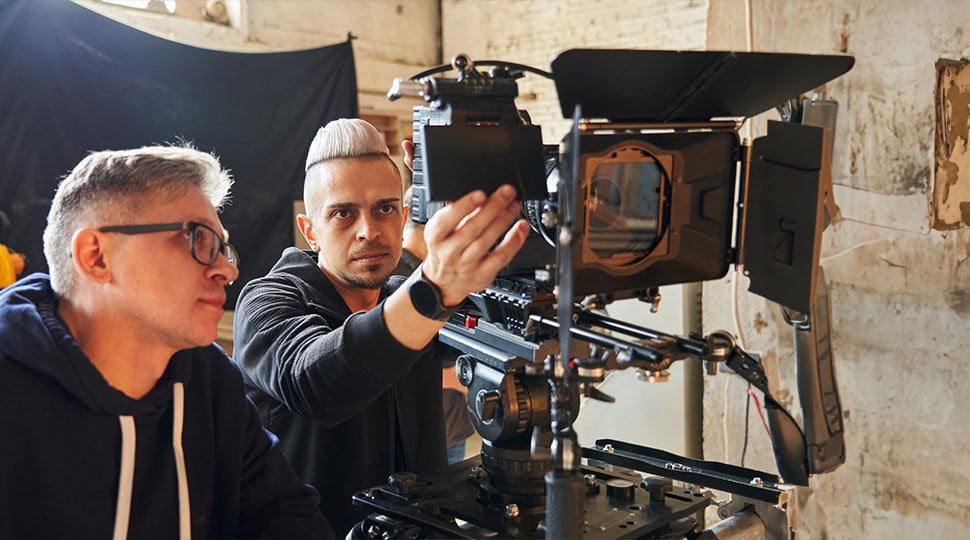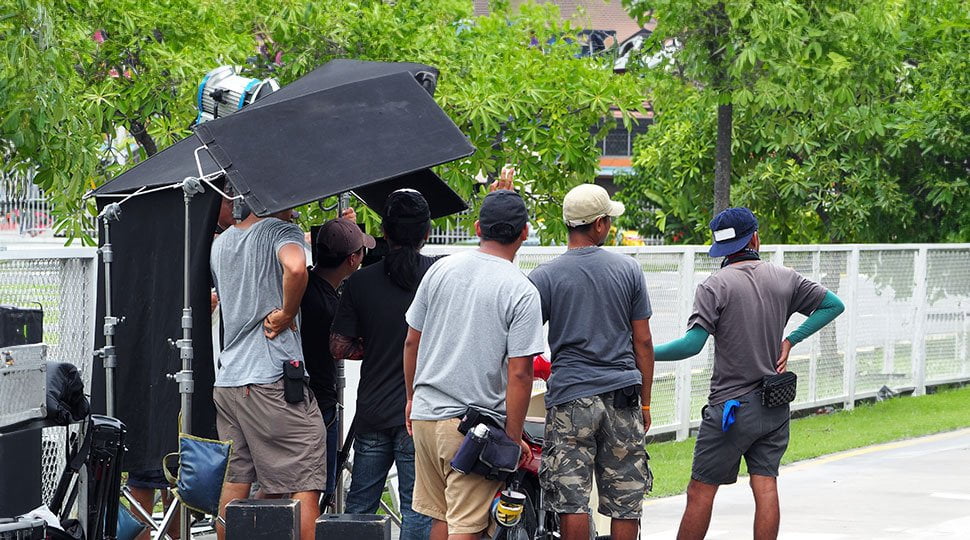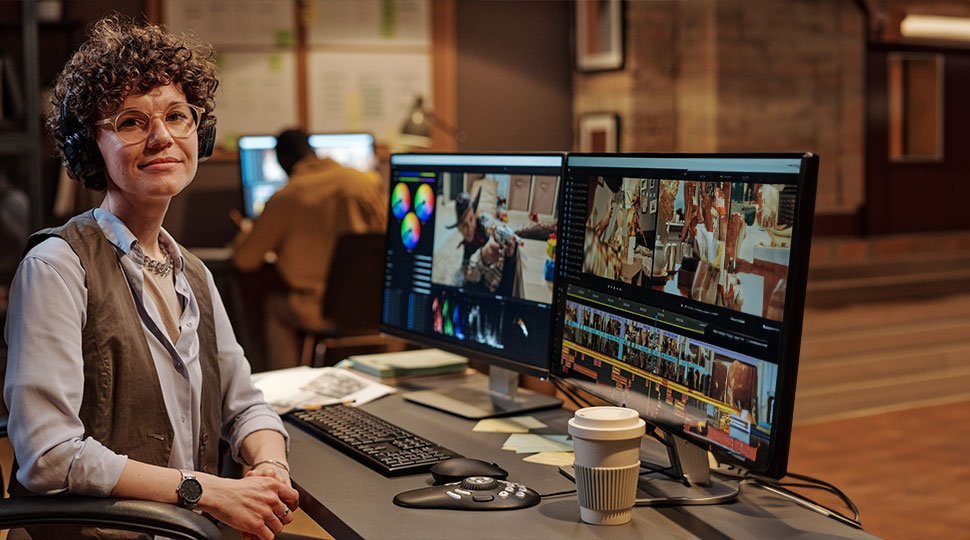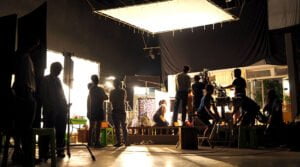Today’s digital visual media, from blockbuster movies to viral YouTube videos, owes much of its magic to Automated Dialogue Replacement or ADR. A vital tool in post-production sound editing, ADR not only enhances the audio quality of these platforms but also significantly influences the audiences’ viewing experience.
This article aims to delve deep into the intricacies of ADR in filmmaking, television, and video production, helping you understand how it effortlessly marries visuals with sound to create an immersive audio-visual spectacle.
The ADR Revolution: Elevating Audio Quality
You may have come across scenes in movies where the sound seems perfectly matched with the actors’ lip movements, yet it was entirely recorded after the visuals. If you’ve ever wondered how this is achieved – it’s all thanks to ADR.
Automated dialogue replacement is a post-production technique that focuses on improving audio fidelity and clarity. It serves a crucial purpose – to ensure the dialogue matches perfectly with the visuals presented on screen. This seamless integration is achieved through the meticulous process of re-recording dialogues and sound effects in a studio environment, later coupled with the original footage. In essence, ADR invisibly enhances sound quality while preserving the illusion of reality.
ADR Unveiled: Understanding the Process
While the results of automated dialogue replacement are fantastically seamless, how do filmmakers actually get there? The answer lies in the carefully executed process of ADR.
The journey begins with identification. The sound editing team, alongside the director, analyses the film footage to spot problematic audio sections, such as muffed dialogues or undesirable background noises.
Next, a specialized script is prepared, highlighting only the dialogues that need to be re-recorded. This script then becomes the actor’s guide during the ADR session, ensuring the words match the footage flawlessly.
The heavy lifting of automated dialogue replacement comes during the recording stage. The actors wear headphones and watch the footage, delivering their lines in sync with their on-screen movements. This step is repeated as many times as necessary, until the desired audio quality is achieved.
The last stage lies in mixing and synchronization. The newly recorded dialogues are layered over the original footage, and fine-tuned to ensure they match exactly with the actors’ lip movements, expressions, and the scene’s overall ambiance.
When and Why Automated Dialogue Replacement is Necessary
Despite best efforts, filmmaking, much like life itself, can throw many curveballs – bad weather, loud environments, and technical issues, among others. And this is exactly when ADR steps in, like a superhero, saving the day!
ADR primarily addresses two areas – technical setbacks and narrative finesse. Technical issues during filming, such as wind distortion, traffic noises, or equipment hum can spoil the dialogue recorded. Similarly, narrative finesse means enhancing an actor’s performance through automated dialogue replacement – adding dramatic depth or precision to the dialogue, which may not have been possible during filming.
The reason ADR is crucial for certain scenes stems from the ultimate objective – to ensure sound quality remains consistent throughout the visual media, irrespective of the recording conditions. In essence, ADR serves a grand purpose – smoothening out audio imperfections which would otherwise distract the viewer.
ADR and Lip Sync: The Synchronization Challenge
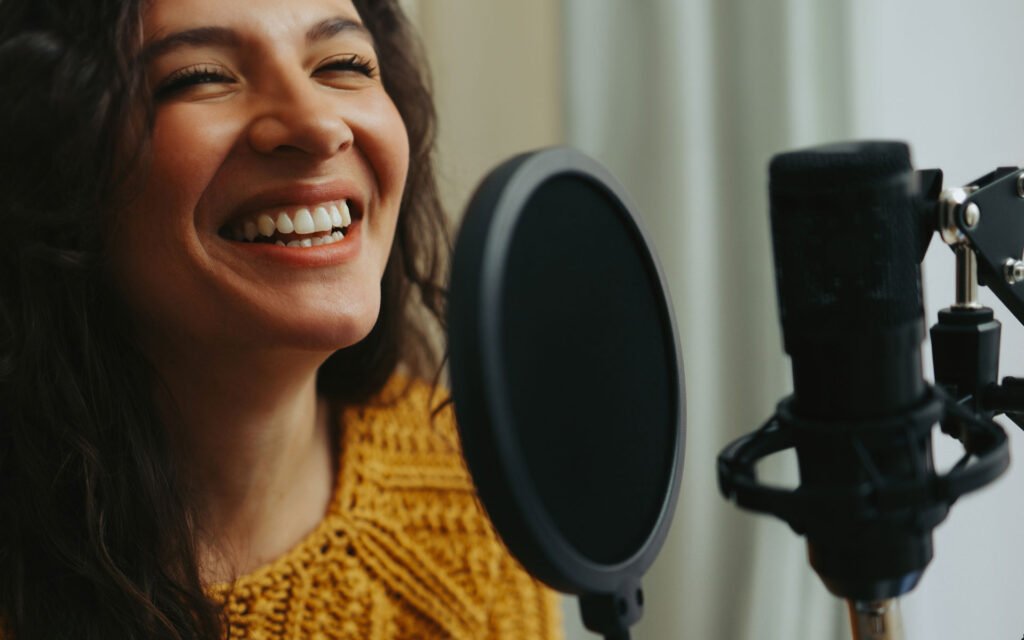
A significant challenge in ADR lies in achieving lip sync – that is, making sure that the re-recorded dialogue matches perfectly with the actor’s mouth movements on screen. This synchronization is essential to preserve the audience’s immersion and maintain credibility.
To achieve this precise matching, several techniques and tools are employed. Many ADR software offer features like waveform visualization to accurately align recorded dialogues with the on-screen visuals. Another common method, ‘rhythm band,’ deploys a moving bar across the screen, guiding actors when to start and stop their speech.
ADR Techniques for Movies: Capturing Cinematic Realism
In the world of cinema, ADR allows filmmakers to achieve a level of realism and perfection in dialogue delivery that would be impossible on set. ADR serves two major purposes in film production: rectifying any audio issues from the on-set recording and enhancing actors’ performances.
Scenes involving stunts, crowd noises, or action sequences often benefit from ADR. Moreover, a dramatic scene might require a more emotive delivery from the actor, which could be achieved more effectively in the calm environment of an ADR studio.
ADR in TV Productions: Balancing Time and Quality
In television productions, production timelines are typically more stringent than in film. However, this does not negate ADR’s importance – rather it places a premium on efficient and effective incorporation of this technique.
Much like in film, the use of ADR in TV series can provide a sense of realism and enhance performances. Time-conscious nuances to consider include ensuring accuracy in first takes and harnessing technology for quick synchronization. Prioritizing ADR for scenes that critically need it is also pivotal in managing tight turnaround times without compromising quality.
Video Productions and ADR: Elevating Visual Storytelling
The power of ADR isn’t exclusive to movies and TV – it’s a hot asset in video production too, from corporate videos to short films. The use of ADR can significantly elevate the overall quality, resulting in a polished audio-visual experience.
Whether it’s a speech in a documentary drowned out by crowd noise or a YouTube video affected by poor on-set acoustics, ADR can save the day. By ensuring the clarity of dialogue and maintaining consistency in sound quality, ADR accentuates the narrative and visual storytelling.
Achieving Natural Delivery: ADR for Voice Acting
In the realm of animation and foreign language dubbing, ADR is an invaluable tool for voice acting. Here, the challenge lies in not just syncing lip movements but capturing the right tone, emotion, and timing.
In animation, while there are no on-set dialogues to align with, the voice actor still needs to sync with the character’s mouth movements and deliver lines in a way that brings the character to life. Similarly, in the dubbing of foreign language content, achieving natural-sounding dialogue delivery while maintaining sync necessitates careful attention and proficiency in ADR techniques.
The ADR Artist's Toolkit: Techniques and Software
The craft of ADR isn’t just about artistic choice; it’s also about utilizing the right technology. Several software options on the market can assist with this process, providing tools that are designed to streamline automated dialogue replacement workflows and provide more creative control.
Popular software options include Pro Tools, an industry-standard audio production software; Logic Pro, known for its comprehensive suite of audio tools; and Nuendo, which offers extensive ADR features. Each tool comes with capabilities like waveform visualization, flexible recording options, and intuitive audio-editing features.
In addition to software, a decent recording setup is necessary – a soundproof studio, a quality microphone, a pair of headphones, and a large screen for the actor to watch the footage.
Seamless Integration with Ambiance: Foley and Sound Design
ADR only represents a single facet of the audio post-production process. It is in the combination of ADR, Foley, and sound design that the audio-visual experience truly comes to life.
Sound design involves creating the entire audio landscape of a film or video – the musical score, sound effects, atmospheric sounds, and of course, dialogues. Foley, on the other hand, is about recreating everyday sound effects – footsteps, door creaks, rustling leaves, etc. – which are added in post-production to enhance audio realism.
Well-coordinated ADR seamlessly woven within the soundscape contributes to an audible feast that provides a riveting, immersive audience experience. By working in tandem, ADR, sound design, and Foley collude to create a harmonious audio-visual experience that suspends reality and fully engages the audience.
That's A Wrap!
Sound is equally important as sight. It’s the finely tuned, seamless dialogue in sync with visuals that truly captivates an audience. Automated Dialogue Replacement (ADR) plays a cardinal part in ensuring this audio-visual dynamism.
From movies to TV shows and videos, ADR has revolutionized the way we perceive sound and dialogue. It’s an essential tool in a filmmaker’s artillery, allowing them to navigate audio challenges and deliver a seamless viewing experience.
Whether you are a pro filmmaker or a novice video creator, mastering the art of ADR could well be your wildcard for success. So dive deep, explore its vast potential, and watch your content transform. We welcome your ADR experiences and queries in the comments. Let’s learn together in this journey of refining sound!


